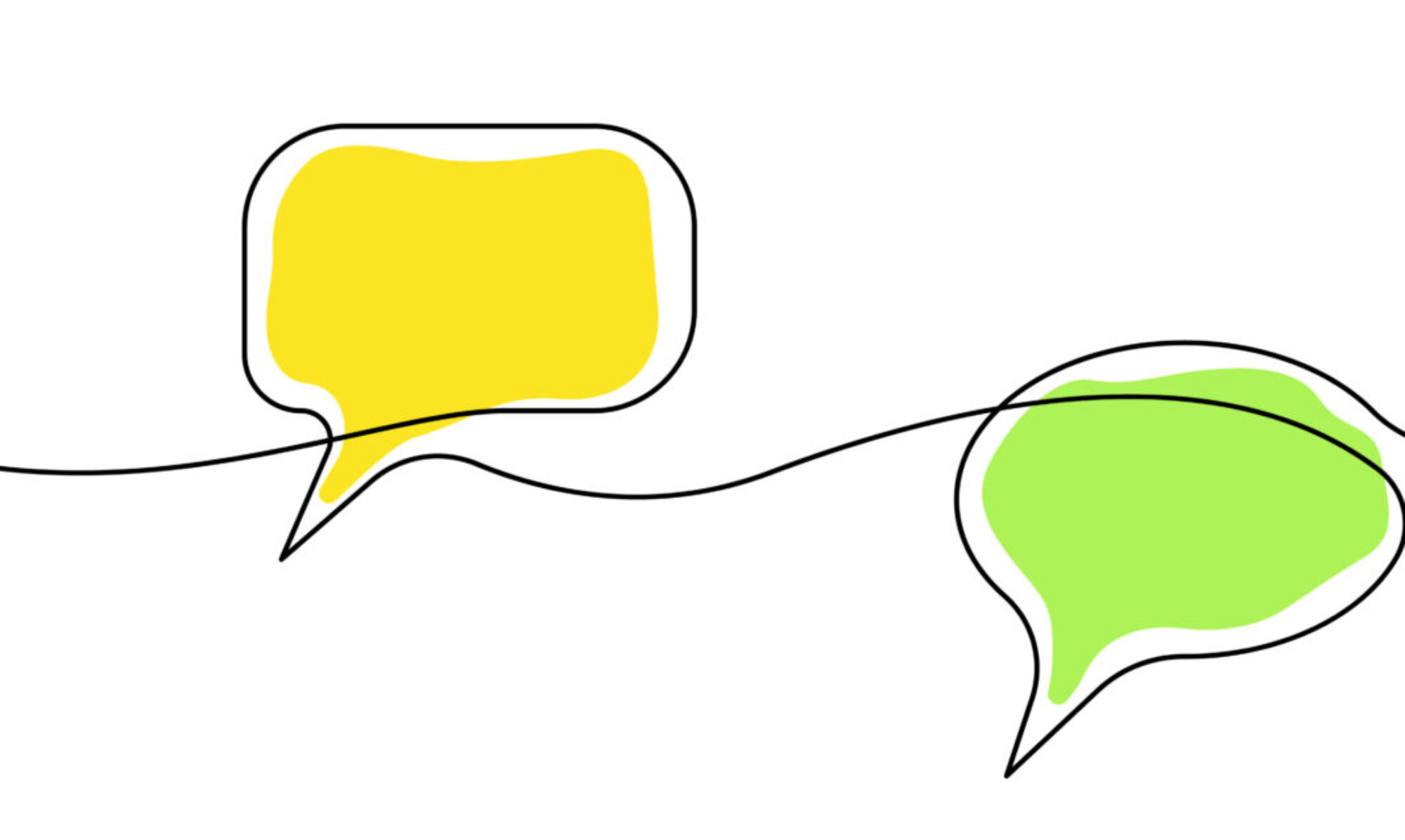As a writer, I’ve been told on more than one occasion that I need to “sharpen the proverbial pencil” on some of my copy. I think it’s safe to say that every writer has, and like most writers I’ve grown to celebrate a great editorial eye or well-conceived feedback. Occasionally, however, I do find that even the most well-read and well-intentioned individuals may not understand the difference between good web writing and good print writing.
I had the privilege of being taught by some of the truly great English teachers in this world–including (then) Ms. Townsend and (still) Mrs. Jacob. These women, my junior high and high school instructors respectively, taught me to diagram sentences with a vengeance, use what can only be described as exceptional grammar (“up with those things I frequently put”) and construct paragraphs that would’ve made Webster cry. Research papers, theme papers, creative writing–they put me through my paces and by the time I hit college I was more than prepared for what came my way.
What they didn’t teach me was that writing for a website is completely different than writing for a newspaper, a book or virtually any other article known to man.
In their defense, web as we use it didn’t exist when I was in junior high and high school. But even for those who graduated more recently than did I, there is often a misconception relating to what is “correct” insofar as online copy is concerned.
Here’s why: 
- When you want (need) your web site or a specific page within that site to be found by a potential
audience, a greater emphasis must be placed on commonly accepted words and phrases–even if that means sacrificing or adjusting, to some extent, grammar and/or punctuation - Once on the page, few people will read it line for line; thus, the use of bullets, dashes and call outs (including those which might be considered incomplete sentences) often prove more effective than a beautifully crafted paragraph
- With few exceptions, websites are used to raise awareness, generate leads or sell a product or service; as such, there must be clear links and/or calls to action which move the reader through the site step by step
The world of SEO has played a significant role in how words and phrases are used on websites as well. I have embraced the latest Google updates, which places great value on “the content of your content.” The black hat tactics of a few years ago with its wild keyword stuffing, random links and mind-boggling bolding strategies are now being penalized.
Good website writing eliminates repetitive patterns of words between pages (even though doing so may seem “inconsistent” to some writers) while still being able to naturally include the key messages needed for a properly optimized site. It is tighter in its construct, with its length and content planned long before the first word is written. Most importantly, it guides visitors through the site, providing a path with signs along the way about where they should go and what they should do next.





